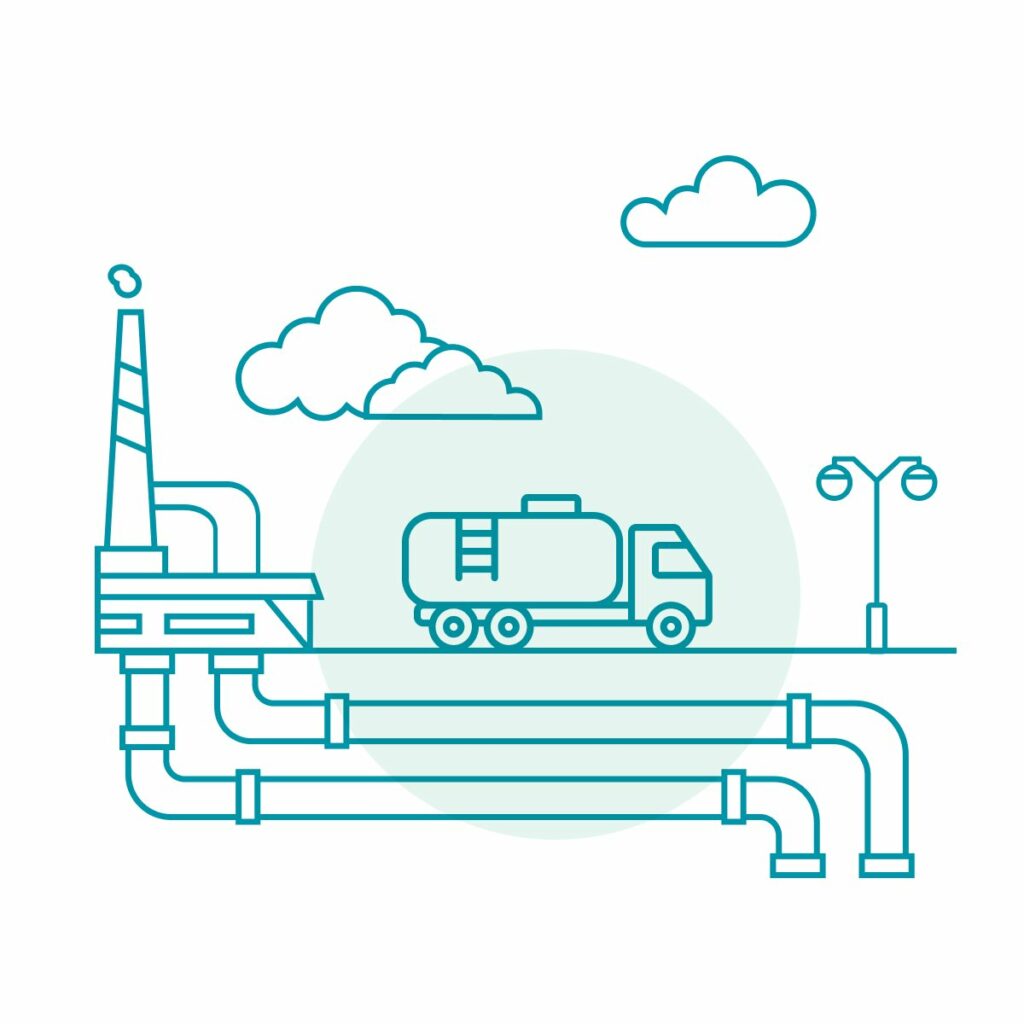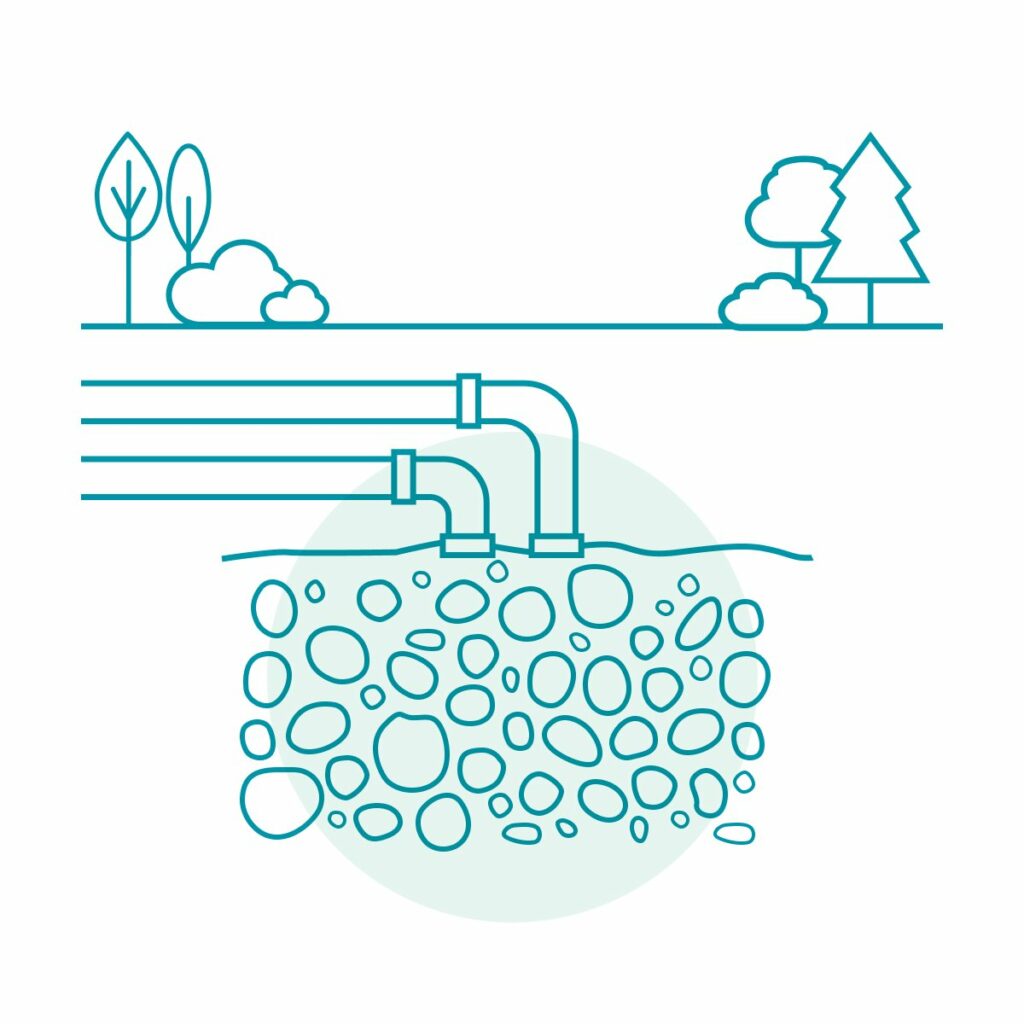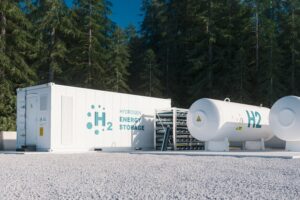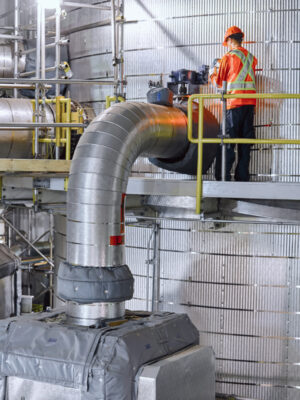Carbon management encompasses a range of technologies that capture carbon emissions from facilities or the atmosphere and transport the emissions for storage or conversion into products.
Carbon Capture and Direct Air Capture
Carbon capture separates carbon from industrial or power plant emissions while direct air capture removes existing carbon from the atmosphere. Carbon capture equipment can be added on to existing facilities or built into new ones during planning.


Carbon Transportation
Captured carbon is compressed and transported to geologic formations for permanent storage or to where it can be converted for beneficial use. Over 5,000 miles of carbon pipelines operate in the US and trucks also transport carbon short distances.
Beneficial Conversion and Use of Captured Carbon
Beneficial conversion and use of captured carbon emissions occurs when the carbon oxides are used as a building block to produce lower carbon intensive fuels, chemicals, materials or products such as concrete.


Storage of Captured Carbon
Safe, permanent storage of captured carbon occurs in deep geologic formations, principally saline formations and depleted oil and gas fields. Permanent geologic storage also occurs through injection of captured carbon for enhanced oil recovery.
Carbon Management Technologies

Enable full decarbonization of critical industries, notably cement and steel which account for an estimated 12% of global emissions

Are essential to meeting midcentury climate goals and keep average temperatures below a two degree increase globally

Unlock cost effective, low-carbon hydrogen production to kickstart the broader low- and zero-carbon hydrogen economy and value chain

Provide additional air quality benefits for nearby communities by removing criteria air pollutants in addition to carbon

Retain and create high wage jobs in the power and industrial sectors while keeping valuable economic assets in productive use
US Carbon Capture Activity and Project Map
Source: https://www.catf.us/ccsmapus/
This map was developed by the Clean Air Task Force and shows carbon capture and storage projects in the United States and in Europe. Use the zoom function to navigate between geographies. Click on the menu on the top right corner to view the Clean Air Task Force’s downloadable data table, which forms the basis of the map visualization. For more information about the Clean Air Task Force’s carbon management work, visit them at https://www.catf.us/carbon-capture/program/.

